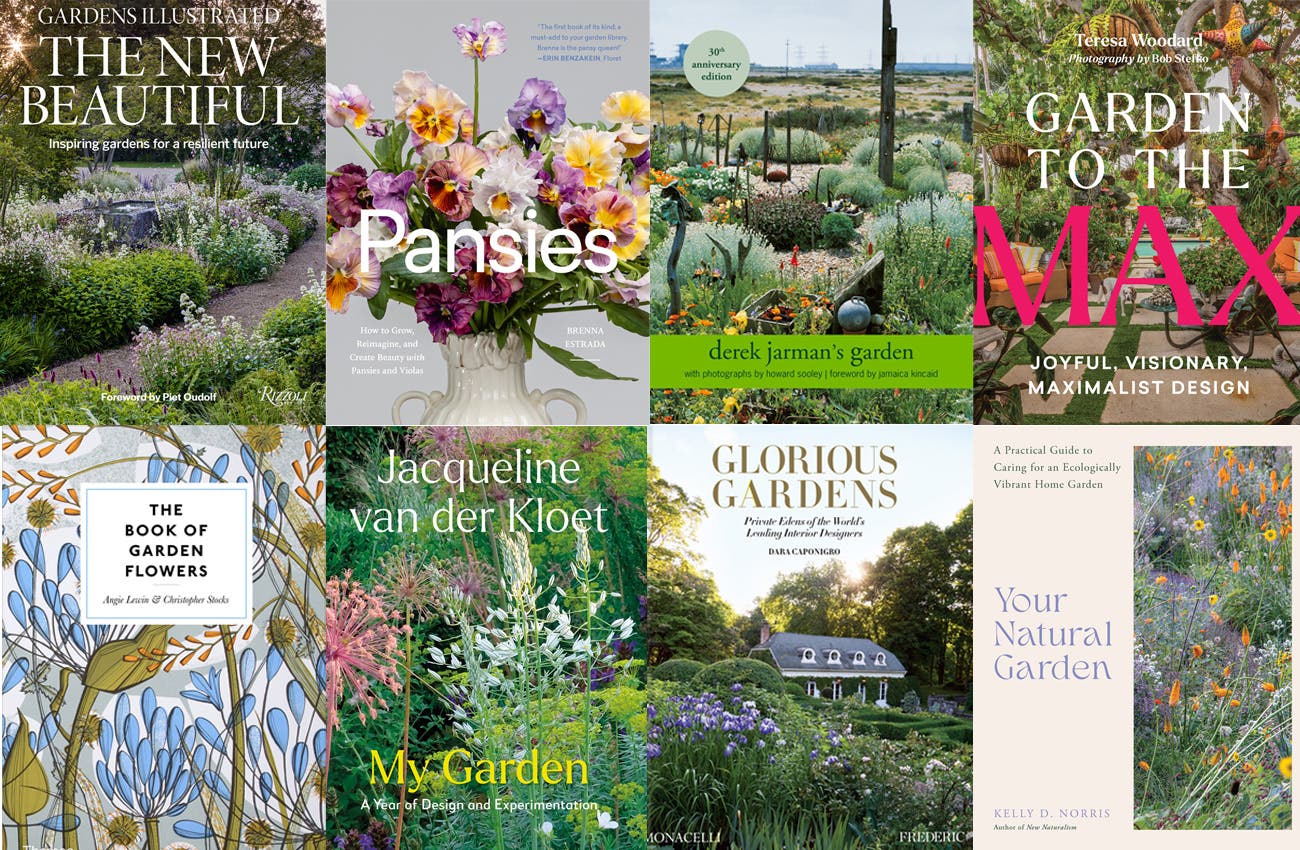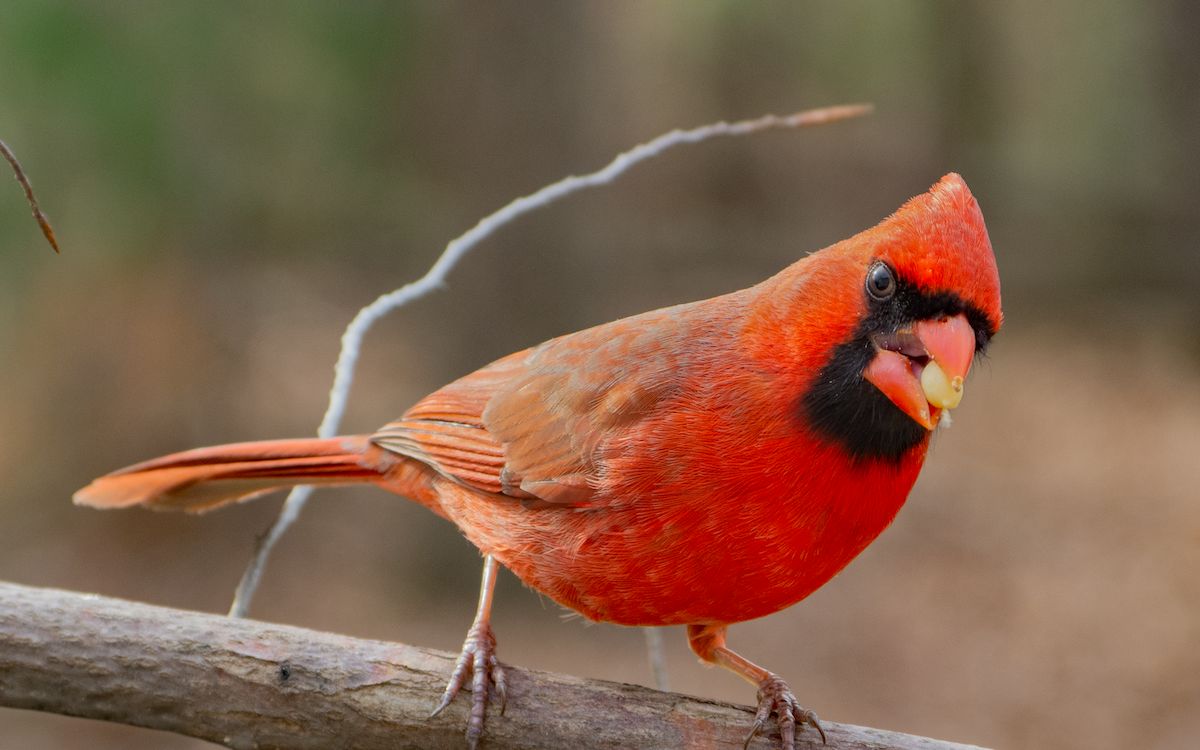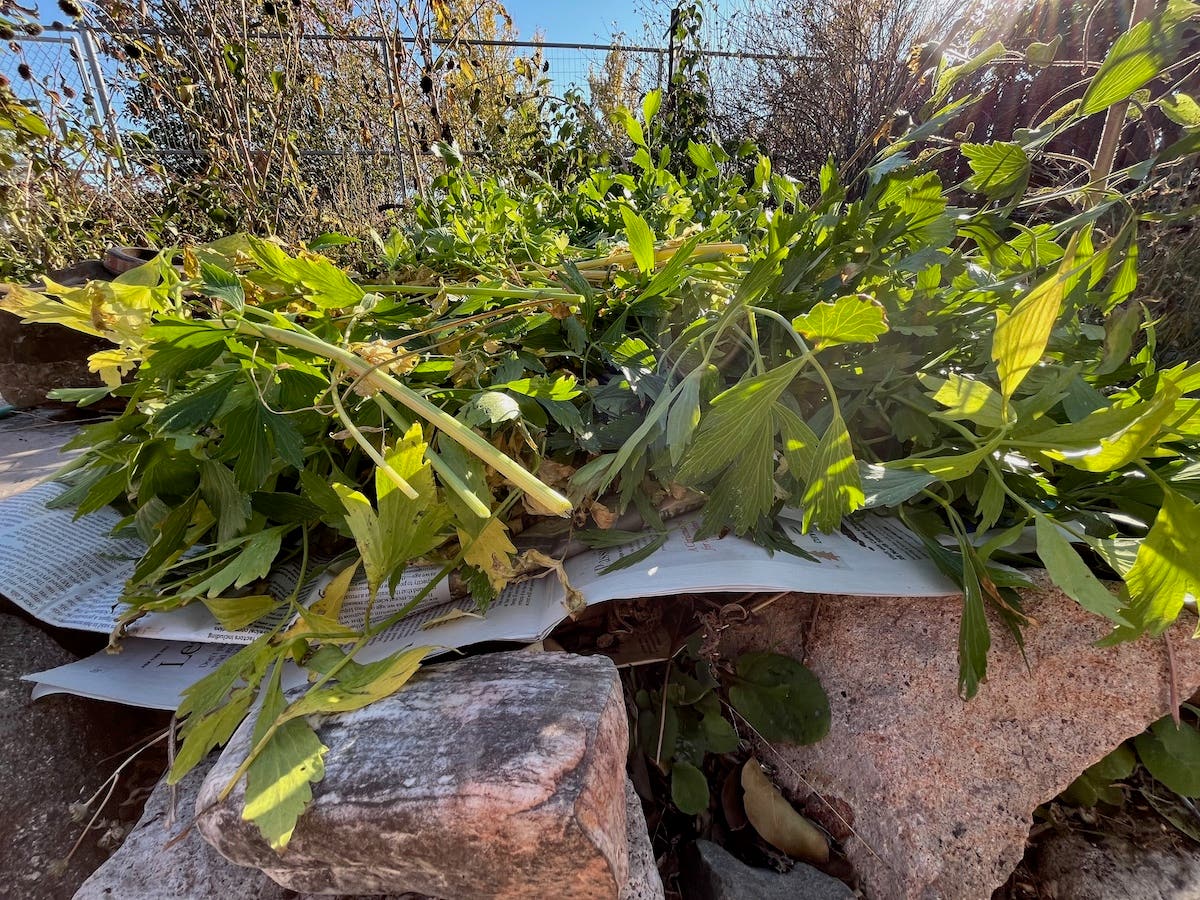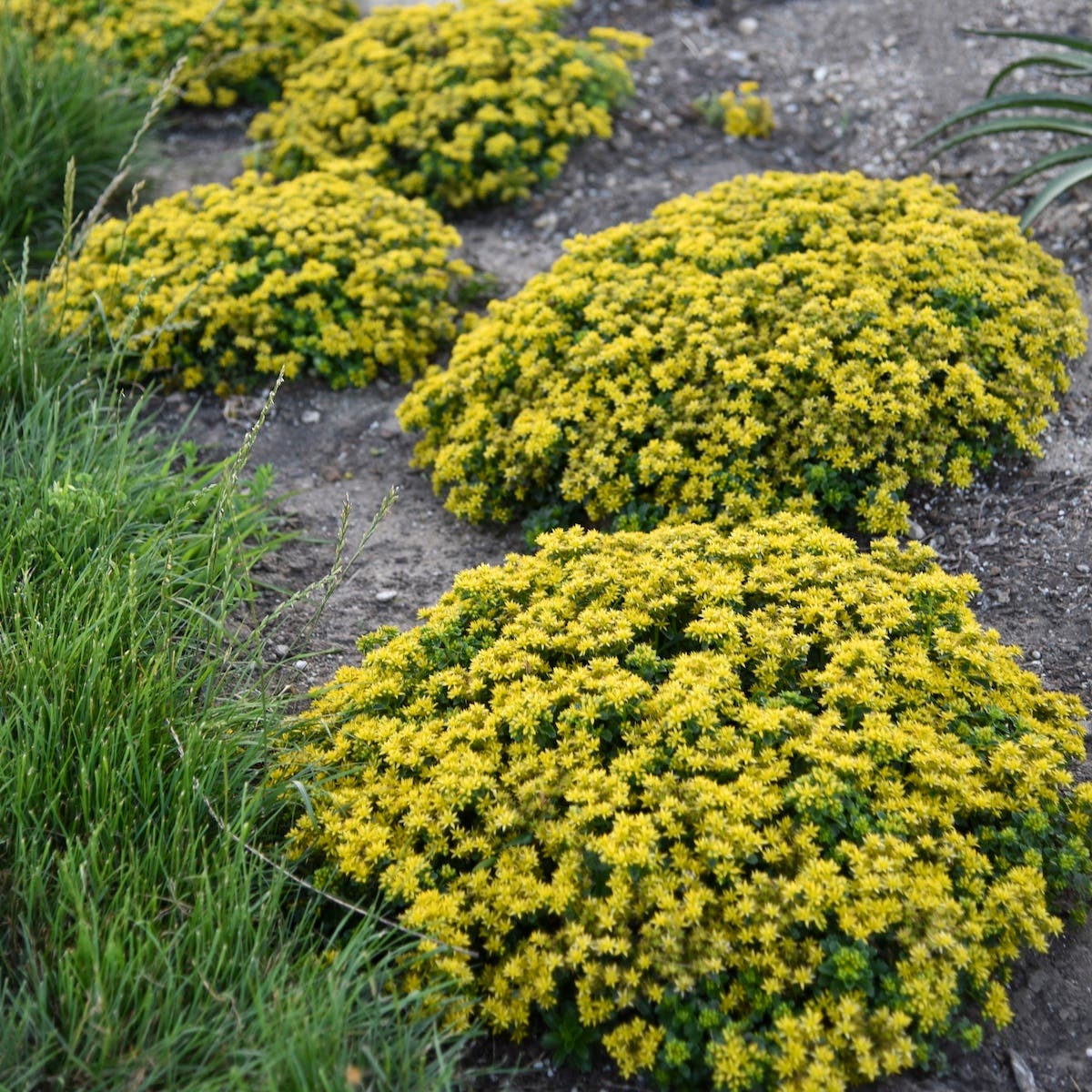Gardening Book Reviews: Icons of Garden Design
BY GORDON HAYWARD Icons of Garden Design edited by Caroline Holmes Prestel Publishers; 176 pages; $29.95 Any garden tourist or student of garden history will find this compendium of great…
BY GORDON HAYWARD
Icons of Garden Design
edited by Caroline Holmes Prestel Publishers; 176 pages; $29.95
Any garden tourist or student of garden history will find this compendium of great gardens rich with information and detail. It provides a substantial record of the major gardens of Europe, Scandinavia and Russia, the Far East, Mexico, and the United States, and includes names with which to conjure daydreams: Topkapi in Istanbul and Chenonceaux in the Loire Valley; Het Loo in Holland and Peterhof in Russia; Middleton Place in South Carolina and the Villa Vizcaya in Florida.
Two facing pages are given to each of 78 gardens, with entries arranged chronologically from Sigiriya, built in 300 B.C.E. in Sri Lanka, to the Alhambra built in Granada, Spain in 1300, to Parc Andre Citroen, built in Paris in 1992. Each garden is illustrated with three or four color photographs, accompanied by three to five paragraphs of text written by some 22 different university lecturers, museum curators, landscape architects, and garden historians. The text provides a brief history as well as a description of the garden and the people who built it.
Bold Visions for the Garden: Basics, Magic and Inspiration
by Richard Hartlage Fulcrum Publishing; 159 pages; $29.95
This is one of the most extraordinary books of recent years to help us understand the new, bold direction American gardeners are taking. Hartlage is one passionate gardener; not only is he the director and curator of the Elisabeth C. Miller Botanical Garden in Seattle, but he also lectures, writes, and designs gardens. And if this, his first book, is any indication, he is a superb garden photographer; all of the 125 brilliant color photos are his.
Bold Visions for the Garden is an “unabashed celebration of the visual,” as Valerie Easton, also a garden writer based in the Pacific Northwest, writes in her foreword. Turn to the page after her foreword and there's an 11-by-15-inch closeup of crimson-striped Phormium ‘Color Guard’ in front of which are the scarlet blooms of Geum ‘Red Wings’. It's a knockout, and shows that Constance Bellon, the book designer, knew how to position Hartlage's photos to their best advantage. Every two-page spread in this book is stunning and fresh.
Being a designer who works throughout the United States, Hartlage offers ideas and plant selections that readily apply to gardeners from every region. He also explores many basic design elements that apply to any gardener, regardless of climate: setting, architecture, sequence, scale, time, color, light, form and texture, features, and accents. He then illustrates all these concepts with images from gardens across the country, several of which he designed himself.
Being as much of a doer as he is a designer, Hartlage's ideas are both practical and artistic. “I love plants, but I don't think the entire garden should be given over to them,” he writes. “Paved surfaces are essential to establish a solid frame to the garden and to ensure the garden is usable. After all, a garden is a place to live in.” The title for his last chapter, which encourages you to follow your own nose as a garden designer, sums up the spirit of this book: “Don't Just Stand There—Say Something.” Build a garden that reflects who you are.
Gardens with Atmosphere: Creating Gardens with a Sense of Place
by Arne Maynard and Sue Seddon Conran Octopus; 176 pages; $39.95
Contrasting with Bold Visions for the Garden is this somewhat more measured volume by Arne Maynard, a London-based garden designer, assisted by garden writer Sue Seddon. Gardens with Atmosphere explores the universal design precept that when we make a garden, we should aim toward creating harmony and a sense of peace and tranquility between house, garden, owners, the history of the place, and the natural surroundings. As Maynard, who shared the Best Garden Award with Piet Oudolf at the 2000 Chelsea Flower Show, writes, “A sense of place is the soul of the garden…. Gardens are part of the landscape in which they sit, and taking note of what is beyond a garden boundary is an important step in creating a garden with a sense of place.”
With just over 150 color photographs of gardens across England (and a few from the United States, France, and Holland), Maynard explores the many ways to create a clear sense of place. For example, he shows how docks or decks built at the edge of a pond or lake can visually link garden to water. On the other hand, he shows how Nancy McCabe, a garden designer from Connecticut, created a sense of place in her own kitchen/entrance garden by including massive bedrock at the nearby woodland edge into her garden picture. He also shows how gates, holes in hedges, or cleared paths into woodland can establish a visual relationship between the garden and the natural world beyond. In another chapter he explores the idea that “a house and its garden should be at one with each other. The rapport between them is fundamental to a sense of place.”
Classic Garden Features
by David Stuart Conran Octopus; 160 pages; $34.96
Stuart's particular interest is in antique gardens and how the old ideas that inspired designers over the centuries can inspire new thinking in our own gardens. For example, in a chapter on metal cisterns, pots, and urns, he writes about how lead tanks have been planted and displayed in English and European gardens for centuries. He then shows how a modern galvanized steel tank of the same dimensions as antique lead ones can be planted up in surprising ways with “vegetables such as chards, sea kales, even squashes and pumpkins” or kohlrabi mulched with one-inch river rocks.
In another chapter on holding up climbers, he reassesses classic obelisks, suspended ropes, pergolas, tunnels, and arches, as well as trellises. He looks back to Batty Langley's New Principles of Gardening, published in 1728, which “advocates lawns decorated with wooden obelisks covered with passionflowers, honeysuckle, jasmine or grapes,” and then shows striking examples from, among others, Roberto Burle Marx's garden in Brazil.
This book of modern design ideas from old sources provides a new slant on where to look for inspiration when designing water features, plant supports, paths, steps, seating, containers, garden sheds, and sculptures set as eye-catchers in the garden. While the five-page source list, which features only English suppliers, will be of little use to American gardeners, the concept of the book is universal and inspiring.







